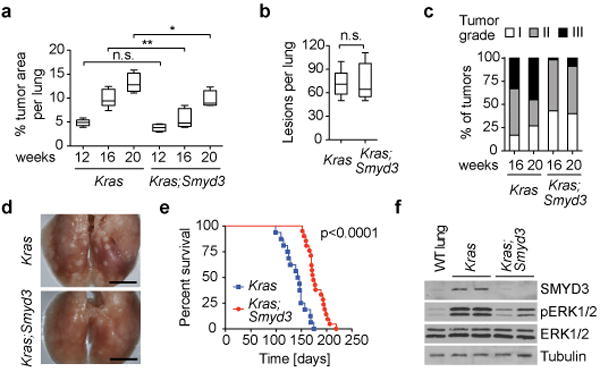Figure 2. SMYD3 loss inhibits the development of Ras-driven lung adenocarcinoma.

a, Quantification of tumor area per lung at the indicated time points after tumor induction (n=6 for each time point and genotype). b, Total number of tumor lesions at 12 weeks post tumor induction (n=6 for each genotype). Data are represented as mean +/− SEM. *: p-value<0.05; **: p-value<0.01; n.s.: not significant (two-tailed unpaired Student's t-test). c, Quantification of tumor grade at 16 and 20 weeks (n=6 for each time point and genotype). d, Representative lung images at the endpoint of survival studies. Scale bars, 1 cm. e, Survival analysis of Kras (n=16, med. survival=144.5 days) and Kras;Smyd3 (n=21; med. survival=174 days) mutant mice, time post infection. p<0.0001 by log-rank test for significance. f, Immunoblots of lung tumor lysates dissected from Kras and Kras;Smyd3 mutant mice (two independent biological replicates for each genotype) with the indicated antibodies. Loss of SMYD3 was also confirmed by immunostaining on lung sections (Extended Data Fig. 3f).
